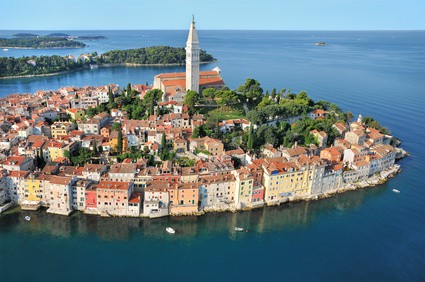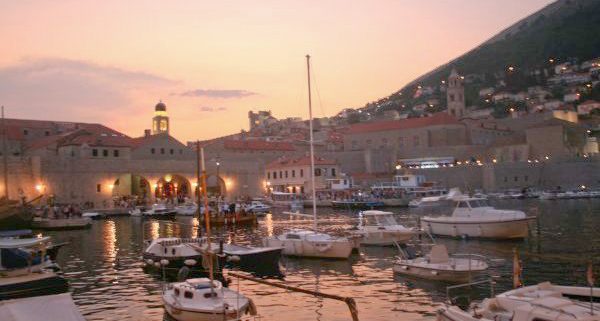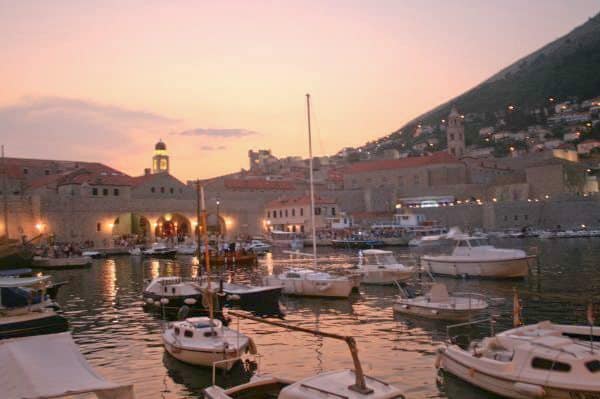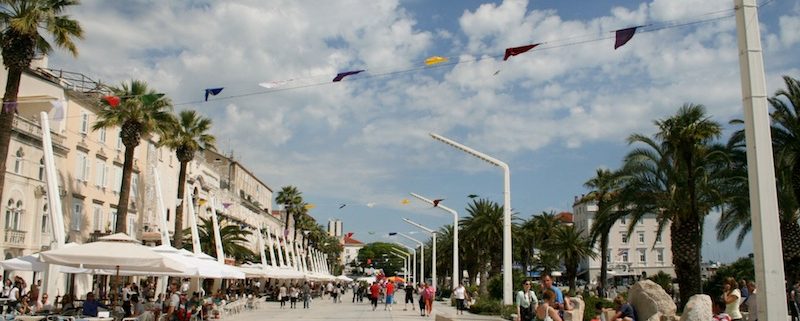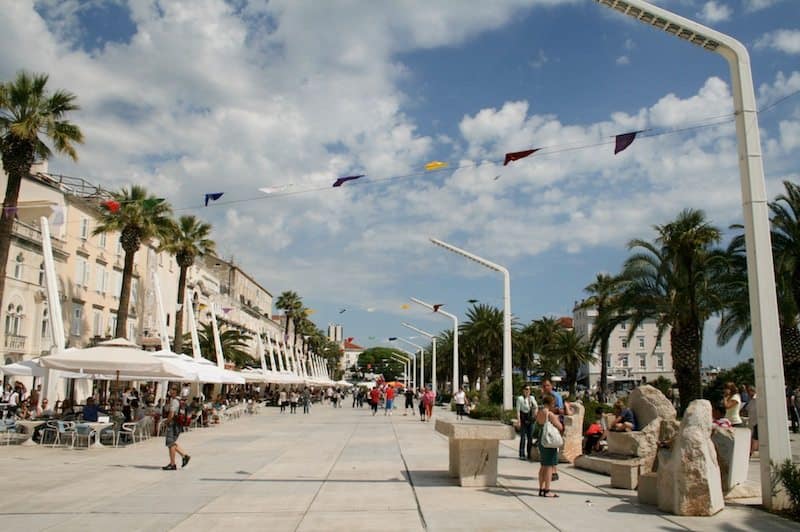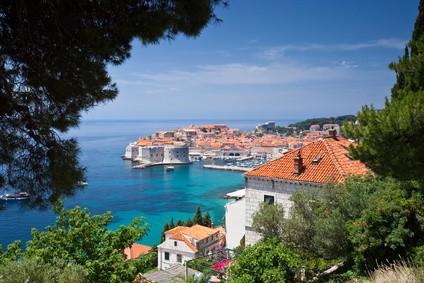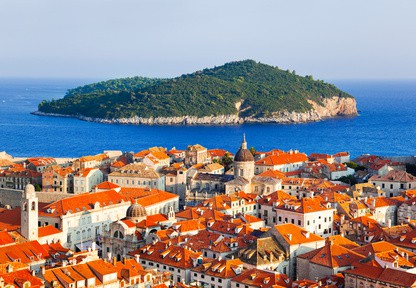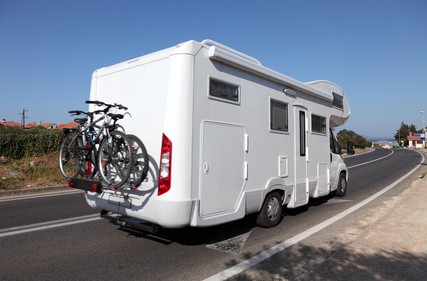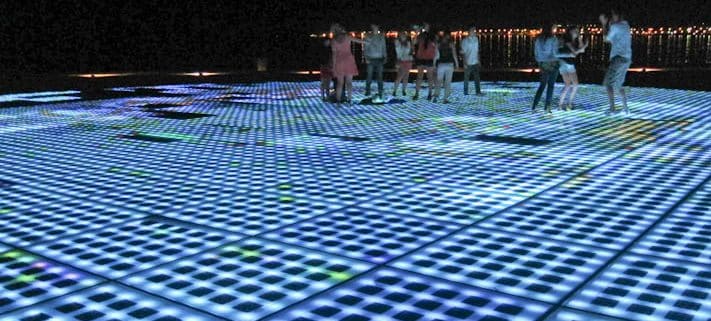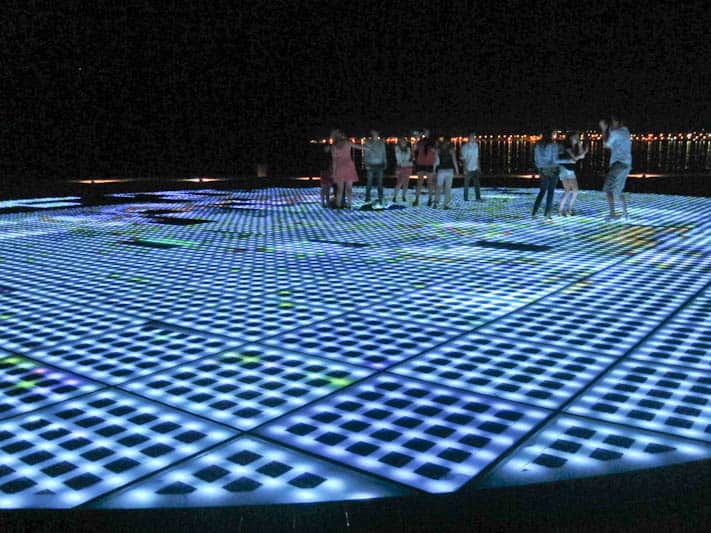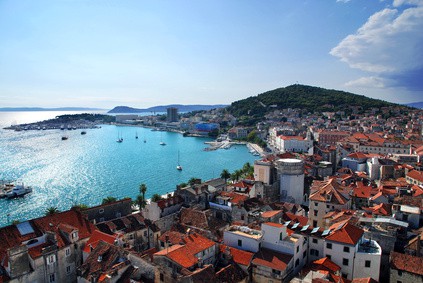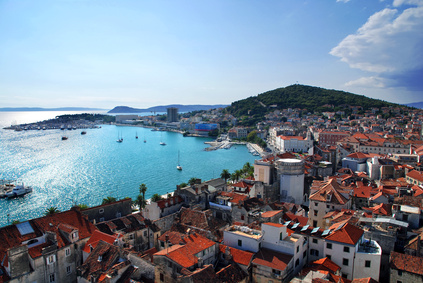Croatia tourism statistics for January to July 2013 are in!
Statistics for the number of visitors travelling to Croatia in the first seven months of 2013 were released today – and despite some doom and gloom and uncertainty for this year’s summer season, they do indeed still show an increase on last year’s figures.
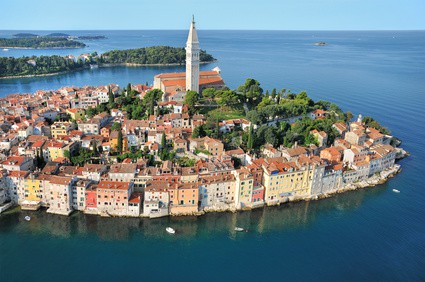
In total 6.6 million tourists – which includes both foreign and domestic – holidayed in Croatia from January to July 2013, which is an increase of 3% on the same period last year. These visitors stayed for a total of 36.5 million nights, which is an increase of 2.5%. Of these numbers, almost six million were foreign visitors to the country (up 4%), who stayed for 33 million nights (up 3.3%).
The month of July alone also saw increases in visitor numbers. 1.1% more tourists visited the Croatian coast and Zagreb (the two main tourist centres in the country!) than in July 2012, 3 million visitors in total. These visitors stayed for a total of 21.3 million nights, which is also an increase of 1.1% on the same month last year. Of these numbers, 2.8m were foreign visitors (an increase of 1.7%) who stayed a total of 19.3 million nights (up 2.5%).
The majority of the Adriatic counties all posted increases in visitor numbers and nights stayed for the month of July, although there were also some falls. Istria, in particular, received 3.2% fewer visitors who stayed for 2.2% less nights. Zadar county was the only one in Dalmatia to record a fall in visitor numbers and nights stayed – of 1.6% and 3.5% respectively – whilst the other Dalmatian counties recorded relatively healthy increases. Split-Dalmatia county saw 6% more tourists who stayed for 5% more nights, whilst Dubrovnik-Neretva county – home, of course, to the wonderful and ever popular Dubrovnik – received 4.4% more visitors and 3.6% more nights. (For the purpose of completeness, we can mention that Sibenik-Knin county got 3.8% more visitors who stayed for 4.7% more nights.)
It was away from the coast, in Zagreb, that the largest increases in visitor numbers and nights stayed was recorded. 14.6% more visitors came to Zagreb in July 2013 than in the same month last year, staying for 18.6% more nights.
Source: Jutarnji

